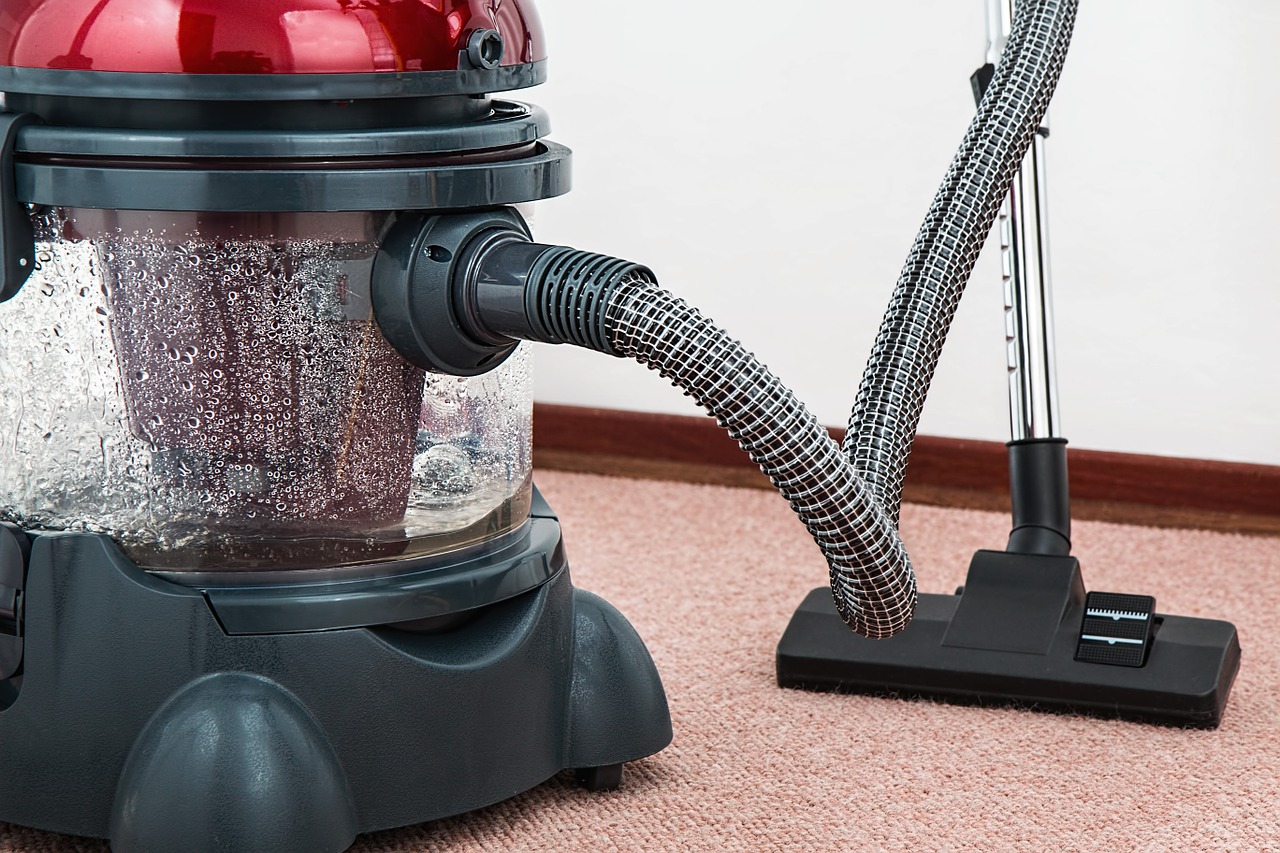Citizens of the United States and other developed nations are facing a similar issue: poor indoor air quality. In some cases, it poses significant health concerns as illnesses caused by air quality can be silent and undetectable. Indoor air quality is not a personal matter, but a public hazard as it can affect anyone who steps within its walls. This brief article will discuss some of the most common sources of indoor air pollution.
Inadequate Ventilation
The United States Consumer Product Safety Commission attributes some residential air quality concerns to poor ventilation.1 The circulation of air into the home from outdoors helps prevent the buildup of airborne pollutants indoors. While it remains important to maintain energy efficiency, residential properties should never become completely airtight. Simply opening windows and doors often helps alleviate this problem. Installing screens may enhance the comfort of residents by permitting a breeze to flow into the interior while excluding flying insects.
Dirty HVAC Filters
While central air conditioning and heating units offer many advantages, this equipment will re-circulate dirty air in the absence of regular filter cleaning or replacement.2 Asking your HVAC company to regularly perform this type of routine maintenance promotes better indoor air quality. Since a central air conditioner circulates air throughout the residence, taking this step ensures interior air will pass through an effective, clean filtration system.
Noxious Gases in The Home
One major contributor to indoor air pollution proves challenging to detect in the absence of testing. A wide array of gases potentially causes problems in domestic settings. These materials run the gamut from radon, second hand smoke, and carbon monoxide, to a variety of volatile organic compounds (“VOCs”). The latter include formaldehyde, paint, and air fresheners. Sophisticated alert systems assist homeowners in detecting some of these materials, including radon and carbon monoxide, two of the most dangerous gases. Maintaining space heaters, stoves, and furnaces in good working order reduces carbon monoxide hazards. Installing air purification systems may help reduce the presence of circulating second hand cigarette smoke and VOCs.
Allergens
Finally, allergens such as pollen, dander, and mold spores also sometimes cause indoor air pollution problems for susceptible individuals. These contaminants may enter a home from a variety of sources. As air circulates from room to room, some allergens become airborne. Cleaning vents and air conditioning filters routinely and installing air scrubbers (or other air purification technology) offers valuable assistance in tackling this problem.
How to Improve Air Quality
Considerable evidence suggests poor indoor air quality stems from a number of sources. Inadequate ventilation, dirty air conditioning filters, noxious gases, and allergens all sometimes cause indoor air pollution. Yet homeowners possess the power to alleviate these hazards! Make sure your residence receives adequate ventilation from the outdoors. Clean household vents frequently. Ask your HVAC company to replace dirty air conditioning filters. Test your home’s radon and carbon monoxide levels, and maintain all space heaters, furnaces, and stoves in good working condition. To combat allergens, consider installing air purification systems. Taking these steps enhances the safety and comfort of living spaces by improving the quality of indoor air.
SOURCES:
1. https://www.cpsc.gov/Safety-Education/Safety-Guides/Home/The-Inside-Story-A-Guide-to-Indoor-Air-Quality
2. https://www.epa.gov/indoor-air-quality-iaq/care-your-air-guide-indoor-air-quality




